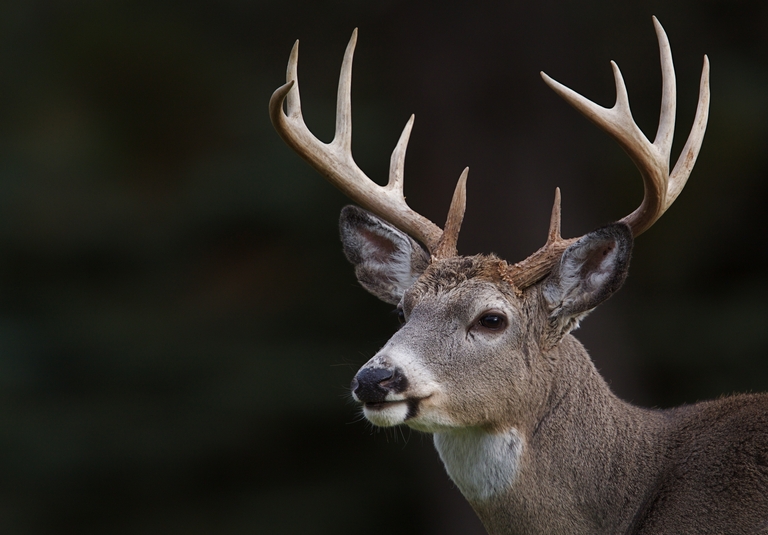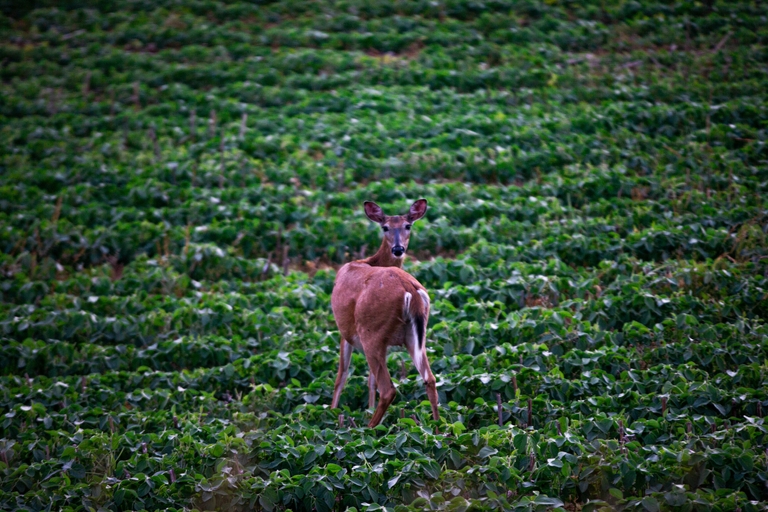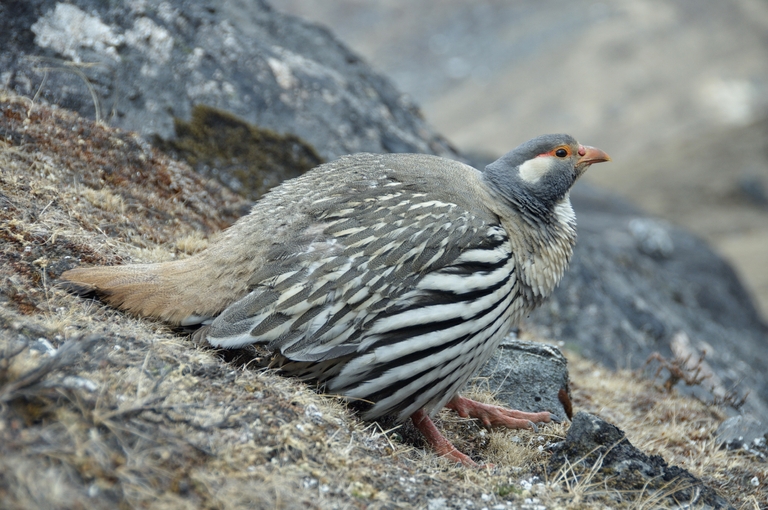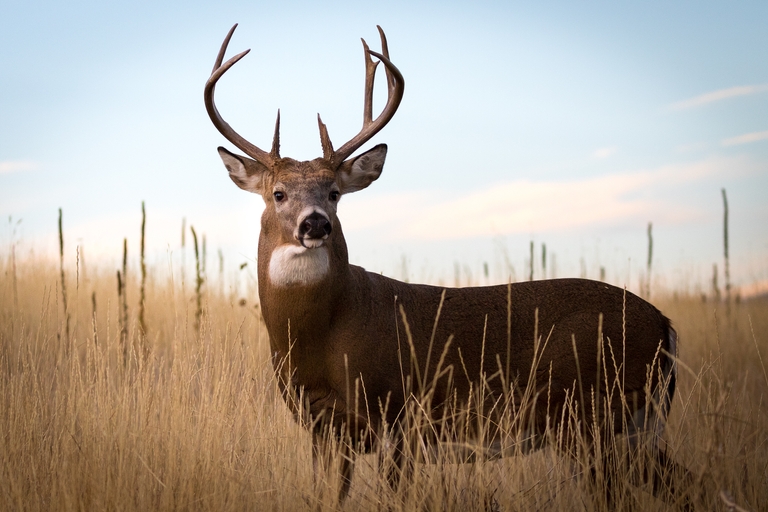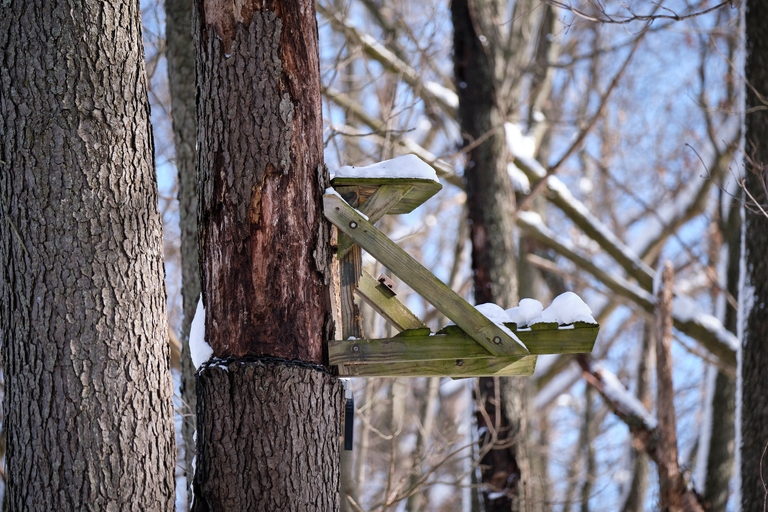Understanding Bag Limits and Tags for Spring Hunts

Understanding bag limits and tags as spring hunting season arrives means reading up now. The first thing to know is that limits are conservation tools that help maintain sustainable animal populations.
Bag limits are the limits on the amount you can legally harvest within a given period, while tags and quotas address harvesting specific species. Following spring hunting regulations is how hunters contribute more to wildlife management efforts than any other outdoors hobbyist group.
Here's what you need to know!

Why Bag Limits Matter
Bag limits prevent overharvesting by ensuring that an exact number of animals are taken each season. Wildlife agencies use research, including population studies and migration patterns, to set limits that protect species during hunts.
These regulations are a huge part of spring hunts (or any hunt, for that matter). Many species, such as wild turkeys and black bears, breed or raise young during this time. Bag limits ensure their populations are stable while offering hunting opportunities to the public.
Understanding Spring Hunting Regulations
Different states have different bag limits based on the species being hunted.
Some of the most commonly hunted animals during spring include:
- Wild Turkeys: Most states set a limit of one or two toms per season since turkeys breed in the spring.
- Spring Black Bear: Some regions allow limited black bear hunting, with strict quotas to avoid overharvesting.
- Waterfowl: Certain migratory birds, such as snow geese or Canada geese, may have specific spring limits.
No matter where or what you hunt in the spring, it's crucial to check with your state's regulations regarding bag and possession limits.
How Bag Limits Differ by Location and Season
Regulations vary from state to state, so knowing your state's rules is important before heading out. Spring bag limits will differ from those in the fall due to breeding seasons, food availability, and migration patterns.
For example, some states allow higher limits on certain species during spring conservation hunts, particularly for overpopulated species like snow geese. In contrast, wild turkey bag limits tend to be stricter, ensuring breeding populations continue their upward trajectory.

What Tags Are and Why You Need Them
Tags are an integral part of wildlife management, acting as a permit that grants legal permission to harvest a specific animal.
Hunters in most states must purchase or apply for tags for specific hunts. These tags are often included with general hunting licenses or as add-ons to particular species.
Specialized and Limited-Draw Tags
In some cases, hunters must enter a lottery or controlled drawing to obtain a tag. These limited quota draws are typically issued for trophy animals or restricted hunting zones, where populations are carefully managed.
Trophy black bear hunts and controlled-access turkey hunts are common draw hunts in the south where I live. Since these quota tags are limited, hunters have to apply long before the season begins if they want a shot at those hunts.
Checking Hunting Bag Limits and Tag Requirements for Your Area
Before heading out during the spring hunting seasons, check your state's wildlife regulations.
The best places to find accurate, up-to-date information are:
- State wildlife agency websites: Agencies post seasonal updates on bag limits, tag availability, and regulation changes.
- Hunting regulations booklets: These are usually available at licensing offices and sporting goods stores.
- Hunting apps and online resources: Apps like HuntWise can provide real-time updates on spring hunting regulations and interactive maps for tracking bag limits.
Remember: population studies and conservation efforts will change bag limits and tagging rules yearly. So, never assume that last year's limits are the same as this year's.
Understanding Other Permits and Land-Specific Rules
Sometimes, rules differ depending on whether you're hunting on public or private land.
For example, national and state parks usually have stricter rules than private land regarding bag limits and often require special permits. Private land hunting may involve additional permissions or landowner agreements.
Additionally, waterfowl hunters may need a state and federal stamp and a standard hunting license.

How to Properly Tag and Report Your Harvest
Tagging an animal correctly is just as important as following bag limits. Each state has specific rules on where and how to attach tags to harvested game.
Standard requirements include attaching the tag immediately after making a kill and filling out the required date/location details. Be sure to keep the tag attached during transport until the animal is fully processed.
Reporting Harvested Game
You might need to report your harvest online or at a check station. Reporting helps wildlife agencies track game populations and adjust regulations as needed.
Failing to tag or report a harvested animal will usually result in fines, penalties, and even hunting license suspension, so following the proper procedures is obviously essential.

What Are the Consequences of Exceeding Bag Limits?
Let's say you're having a really good day during a spring hunt, and turkeys are literally everywhere. Can you bring home more animals than the bag limits allow?
We don't recommend it.
The consequences of violations can be severe. For your own good and everyone else's, be aware of the following.
Fines and Legal Penalties
Violations can result in serious consequences. These can include fines, loss of hunting privileges, and seizure of meat, weapons, and equipment.
Impact on Conservation Efforts
Overharvesting directly affects wildlife populations. These rules exist to ensure healthy populations for future hunting seasons. Exceeding these limits can disrupt breeding patterns and habitat balance.
Bag limits and tag requirements protect hunting for all of us. By following them, you'll protect wildlife populations — and everyone's access to the sport we love. Plus, breaking these rules often gets you uninvited from future hunts with friends.
Encourage Others to Stay Informed About Hunting Bag Limits
Even experienced hunters should review regulations for hunting bag limits each season and encourage new hunters to do the same. A hunter safety course can reinforce the importance of conservation, ethical hunting, and legal compliance.

Learn More About Hunting Rules and Safety With Hunter-Ed
Hunting is a special privilege and unique responsibility. Understanding bag limits, tagging requirements, and local regulations is the bare minimum we can do for the sport we love. By staying informed, following the rules, and helping others do the same, we contribute to the ongoing recovery of wildlife populations.
For anyone new to hunting or looking to brush up on regulations, taking an online hunter safety course through Hunter-Ed is a great way to stay informed and prepared for upcoming spring hunts.
Our courses make learning fun and include state-specific information so you know how to hunt safely where you live or plan to hunt. Plus, completing the course and passing the final exam count toward your state's requirements for hunter education!
Spring hunting is here!
Choose the Hunter-Ed course for your state, get your certification, and then get out and hunt.

